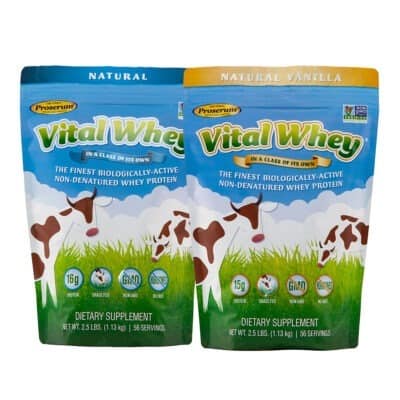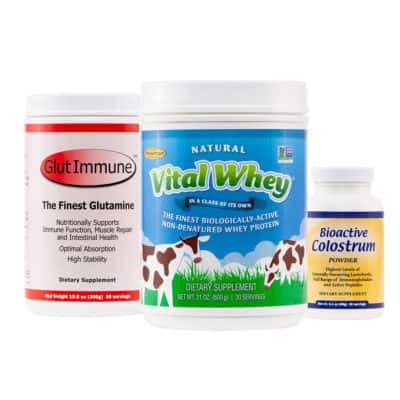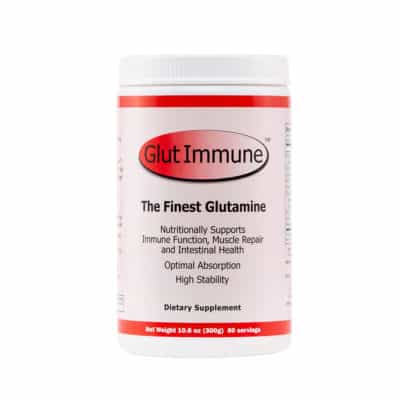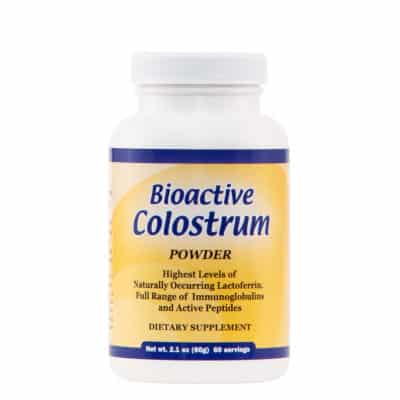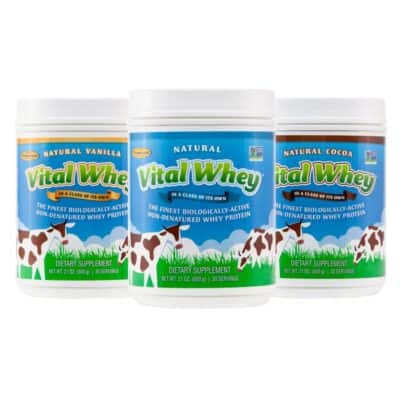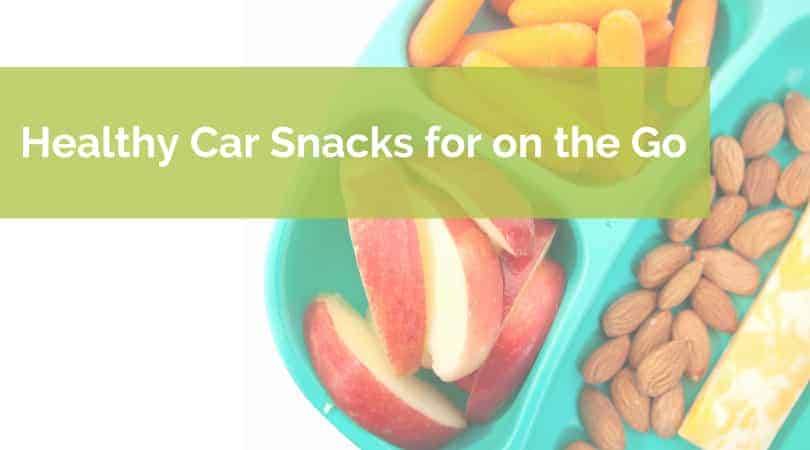
If you are always on the go, prioritizing a healthy routine can seem nearly impossible. How many times have you been on the road when hunger strikes, and left with the only available or realistic options of a drive-thru or gas station? Most impulse snack choices are far from healthy and usually not conducive for being eaten in the car or on the go. Have you ever spilled a protein shake in your center console? Don’t do it!
That doesn’t mean healthy car snacks are not possible if you find yourself driving a lot. With a little bit of planning and knowledge, no matter how much time you spend in your car, you can always find some healthy snacks on the go to help you reach your health and fitness goals.
Healthy Car Snacks
Here are some of our favorite grab and go healthy snacks:
(For a little extra knowledge, make sure you take a look at the brief Nutrition Label tutorial at the end of this article to reference some of the specific tips that will help you make smarter “impulse choices” when choosing your Car Snack while on the go.)
- Homemade protein bars or balls.
While you could purchase pre-packaged protein bars to munch on, many don’t taste that great. Why not make some of your own? Here are a few of our ideas:
- Beef jerky.
Beef jerky is portable, low in fat and high in protein. Jerky can be quite high in sodium, so try to find some that is lower than 400mg of sodium if salt intake is something you are concerned with.
- Trail mix or mixed nuts.
Trail mix comes in many different varieties, but is usually a combination of dried fruit, nuts, and chocolate. While this combination provides protein (nuts), antioxidants(fruit), and some indulging sweetness (chocolate), it is crucial to avoid overindulging. Buy the trail mix as a shared snack or divide it up into smaller portions to avoid eating the entire container yourself. If you want to step it up a level, try making your own trail mix by using ingredients like whole grain cereal, unsalted nuts/seeds, dried fruit with no added sugar, freeze-dried veggies (chickpeas/beets/green beans/bell peppers/kale available), yogurt covered fruit or nuts. By keeping your own trail mix bar at home, you’ll have unlimited options for all those long days on the road.
- Hard-boiled eggs.
Although they need to be pre-peeled and can’t be kept in a hot car, hard boiled eggs are a great on the go snack. Eggs are considered the perfect protein, and more importantly they’ll help keep you full for longer than most other snacks. If the concern is having your car smell egg, add a teaspoon of distilled vinegar when boiling your egg and pair it with a tangerine or some citrusy fruit. Pealing your fruit will require you to pull over for a minute, but it might help make your snack that much tastier and prevent unpleasant odors.
- Peanut butter and Celery (or just about any crunchy fruit/veggie).
This snack does need to be prepped ahead of time, but it can be a filling option with plenty of fiber, protein, and fat. To simplify the packaging and accessibility of this snack, scoop a dollop of peanut butter into the corner of a disposable and sealable bag and tie off the opposing ends with a grocery bag tie/hair tie/paperclip/etc. Once on the go, you can tear off a small tip of the bag and easily squeeze out your treat on demand. A teaspoon of peanut butter is the ideal portion if your goal is to limit calories, but can be scaled up as desired if looking to maintain or add muscle)
- String cheese.
A stick of string cheese is low in fat and has 7 grams of protein. It is a tasty and healthy snack on the go which can be eaten on its own or combined with a small handful of nuts for an even bigger protein punch.
- Roasted chickpeas.
High in fiber and protein, roasted chickpeas make a great pop-and-go snack. You can find them pre-packaged in the snack aisle or roast them yourself with a bit of salt and olive oil. Keep in mind that over indulging on any snack can contradict the idea of preparing healthy snacks, so look at the calorie content and “servings per container” when measuring out the portion you plan on eating. For someone looking to reduce calories, ½ cup will provide about 150 calories and 8 grams of protein.
- Convenience store protein bar.
If you are really on a time crunch and about to grab for a candy bar, aim for the protein bars instead which are usually stocked near the candy bars. The key to choosing the right protein bar breaks down to 3 things; Calories (less thank 250), Carbs (less than 25 grams), Protein (more than 10 grams). These numbers can vary based off your health goals. For example, someone with diabetes may want to focus on reducing the carb content, while someone who is looking to gain muscle might want to increase the protein and calories. Aiming for the specific nutritional goals listed above will get you a snack that prevents a sugar crash and keep you feeling energized/full for longer.
Tips for Choosing Healthy Snacks for the Road
If you forgot to plan ahead and find yourself searching for a healthy car snack at a gas station or convenience store, always look for items that are high in protein, but low in added sugar. Generally, a snack with less than 20 grams of carbs and more than 10 grams of protein will help you keep better glycemic control (aka prevent a sugar rush/crash) and keep you feeling full longer which will better influence future meal decisions. Don’t feel bad if you need to make slight adjustments to the nutritional goals when choosing a snack. The power is in knowing what you’re putting in your body and making conscious decisions that impact your overall big picture goals. Take a look at the nutrition label tutorial below for tips to help you choose the right snacks.
The key to always having healthy snacks on the road is to plan ahead and to make informed decisions. When you have the healthy options to choose from, you are much less likely to find yourself sitting at the drive thru.
Food Label Tutorial:
1. How many Servings per container does each item have? The Sample label below has 4 servings total, so that means eating the entire package really breaks down to consuming 960 calories. This item should serve four people or be divided up if intended as a snack for yourself.
2. How many Calories will one serving give you. Aim for something lower than 250 calories to help either maintain or cut down on your overall calorie intake (speak with your doctor or dietitian for specific recommendations tailored to your health goals).
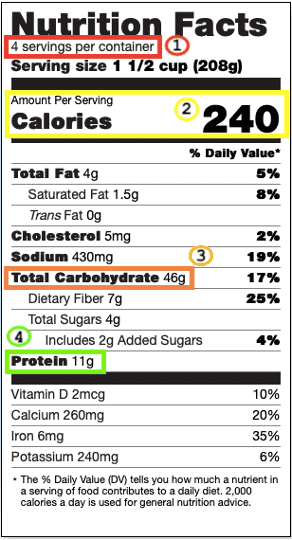 3. Total Carbohydrate tells you the total sugar content (both natural and added sugars) in your food. Having too many carbs can cause a sugar rush/crash, so finding the right balance is key to choosing your snack. For diabetics, having more than 20 grams can cause irregularities in blood sugar and pose a problem.
3. Total Carbohydrate tells you the total sugar content (both natural and added sugars) in your food. Having too many carbs can cause a sugar rush/crash, so finding the right balance is key to choosing your snack. For diabetics, having more than 20 grams can cause irregularities in blood sugar and pose a problem.
4. Choosing a Protein containing snack is key to helping you fight off hunger longer. Choose a snack that has around 10 grams of protein or consider something with a higher content if you’re looking to build muscle.
For a more in-depth tutorial on reading food labels, go to https://www.accessdata.fda.gov/scripts/interactivenutritionfactslabel/
- Should You Take Whey Protein Powder After Surgery? - March 2, 2023
- How Much Protein is Too Much? - January 30, 2023
- Is Whey Protein Keto Friendly? - January 30, 2023

